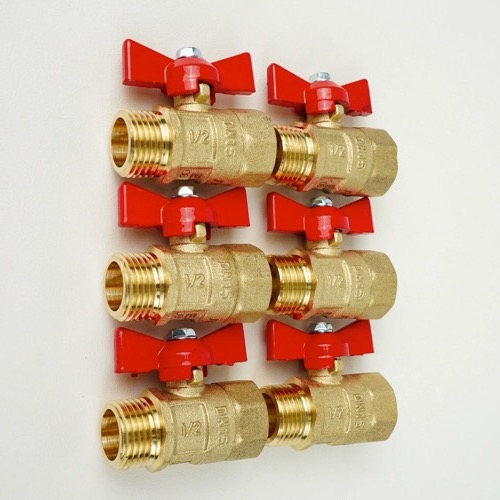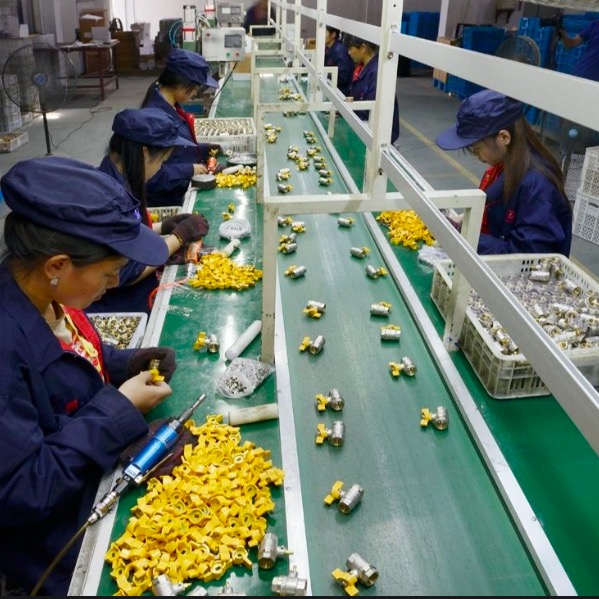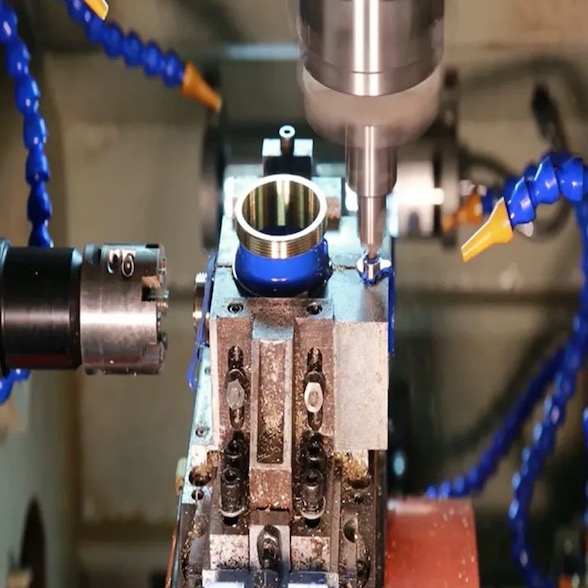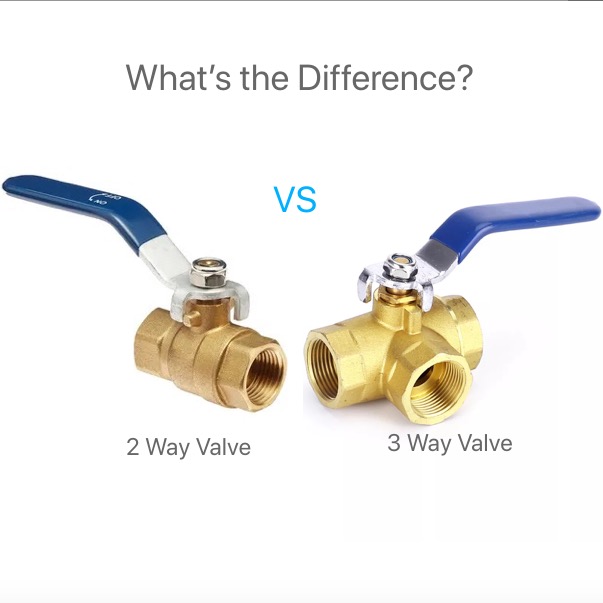Gas valves are essential components in gas piping systems, ensuring safety and control. Choosing the right type of gas valve can significantly impact system efficiency and reliability.
There are several types of gas valves, including ball valves, globe valves, butterfly valves, and safety shut-off valves. Each type serves a different function and is used in various applications based on pressure and flow requirements.
Understanding these different gas valves can help you make informed purchasing decisions and optimize system performance.
What type of valves are used for gas?
Gas pipelines require reliable control and safety mechanisms. Selecting the correct valve type is crucial for system efficiency and accident prevention.
The most commonly used gas valves are ball valves, globe valves, butterfly valves, and solenoid valves. These valves are selected based on pressure rating, flow control needs, and safety considerations.

Different Types of Gas Valves
Ball Gas Valves
Ball valves are widely used in gas systems due to their durability and quick shut-off capabilities. They operate using a rotating ball with a hole that aligns with the pipeline when open and blocks flow when closed.
Key Features of Ball Valves:
- Quick shut-off with a 90-degree turn
- Strong sealing capability, preventing gas leaks
- Suitable for high-pressure applications
Globe Gas Valves
Globe valves1 are commonly used when precise flow control is necessary. They use a disc and seat mechanism to regulate gas flow.
Advantages of Globe Valves:
- Better flow regulation than ball valves
- Effective sealing to prevent leaks
- Ideal for throttling applications
Butterfly Gas Valves
Butterfly valves are lightweight and cost-effective. They regulate gas flow using a rotating disc inside the valve body.
Why Choose Butterfly Valves?
- Compact and lightweight design
- Suitable for large-diameter pipes
- Fast operation with a quarter-turn handle
Solenoid Valves
Solenoid valves2 use electromagnetic mechanisms to control gas flow automatically, often in industrial applications.
Benefits of Solenoid Valves:
- Remote and automated operation
- Quick response time
- Suitable for emergency shut-off systems
How many types of valves are there?
Gas piping systems require different types of valves based on function and safety requirements. The selection depends on the operating pressure, temperature, and control needs.
Gas valves can be categorized into isolation valves, control valves, and safety valves. Each serves a specific function in a gas distribution system.
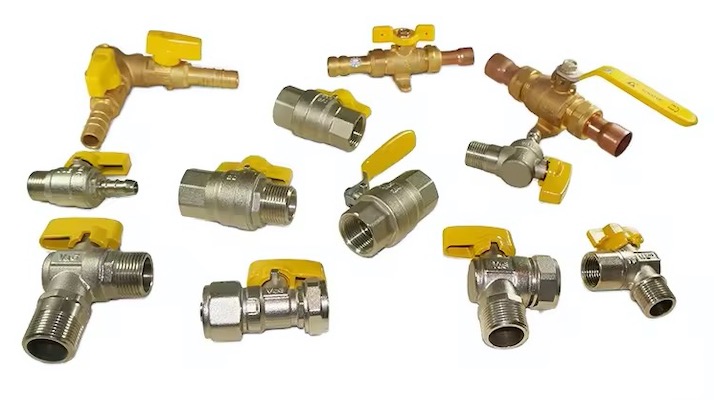
Brass Gas Ball Valve
Isolation Valves
Isolation valves are designed to completely shut off gas flow when needed. They include:
- Ball Valves – Quick shut-off mechanism
- Gate Valves – Slow operation but excellent sealing
- Plug Valves – Reliable sealing with a simple design
Control Valves
Control valves regulate gas pressure and flow. These include:
- Globe Valves – Precise flow control
- Butterfly Valves – Suitable for large pipelines
- Needle Valves – Used for fine adjustments
Safety Valves
Safety valves are crucial for preventing accidents and overpressure situations. Common types include:
- Pressure Relief Valves – Releases excess pressure automatically
- Emergency Shut-off Valves – Used in hazardous environments
- Solenoid Valves – Automates gas shut-off in case of failure
How many valves are in a gas valve?
Gas valves are complex components that may contain multiple internal valves for enhanced safety and functionality.
A gas valve can contain multiple smaller valves, including main shut-off valves, pilot valves, and pressure-regulating valves. These components work together to control gas flow and prevent leaks.
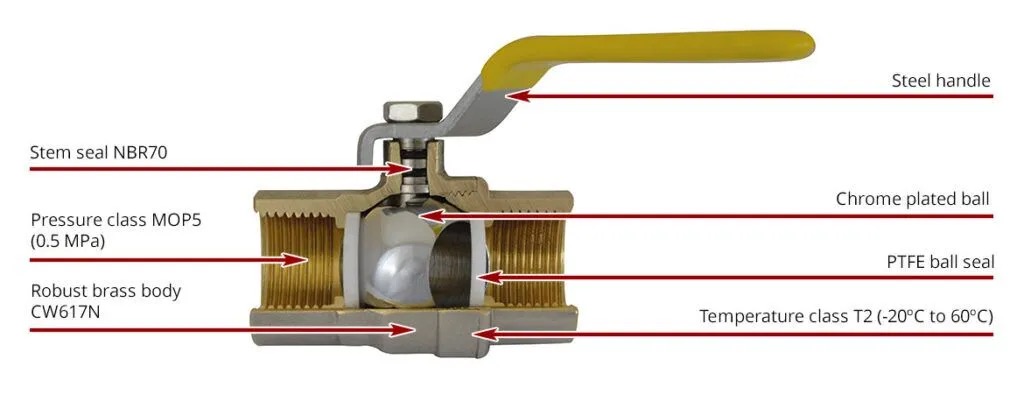
Internal Gas Valve Components
Components Inside a Gas Valve
A standard gas valve typically consists of:
| Component | Function |
|---|---|
| Main Shut-off Valve | Stops gas flow completely |
| Pilot Valve | Controls gas supply to the pilot light |
| Pressure Regulator | Maintains stable gas pressure |
| Safety Shut-off Valve | Prevents leaks and accidental flow |
| Thermocouple | Senses temperature for safety shut-off |
How These Valves Work Together
- The main shut-off valve allows or blocks gas flow.
- The pilot valve ensures the pilot light stays on, controlling the main burner.
- The pressure regulator ensures stable gas flow under varying conditions.
- Safety shut-off mechanisms prevent dangerous leaks.
Conclusion
Gas valves come in various types, each serving a unique role in gas control and safety. Understanding their functions helps in choosing the right valve for your needs. For more details for the Brass Gas Valve, welcome to CONTACT US.





